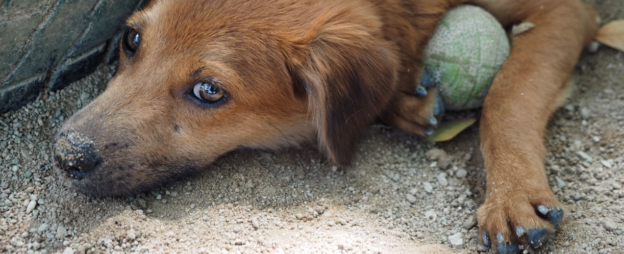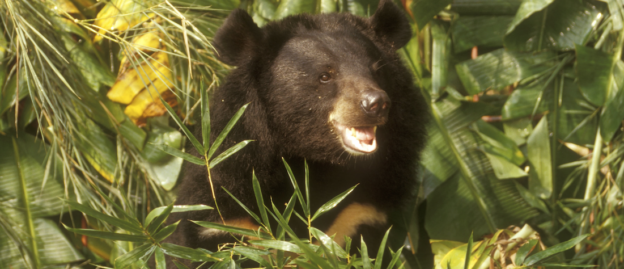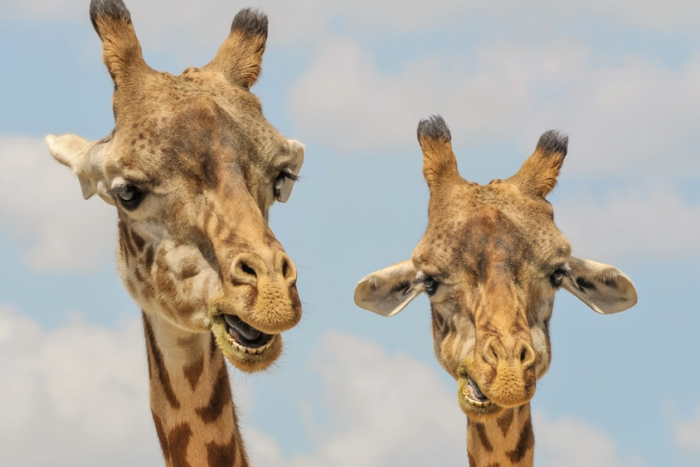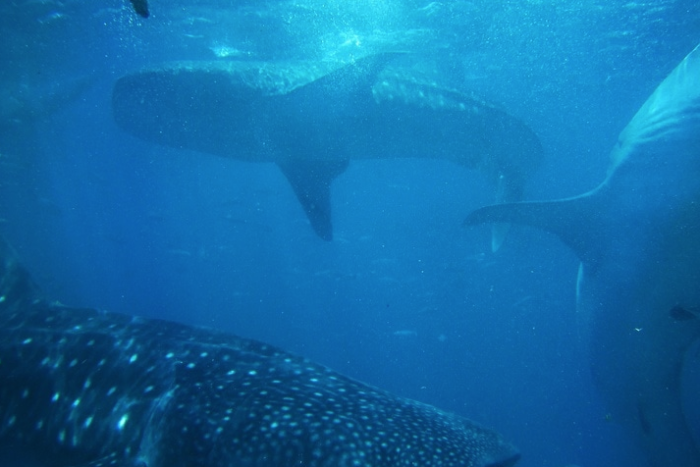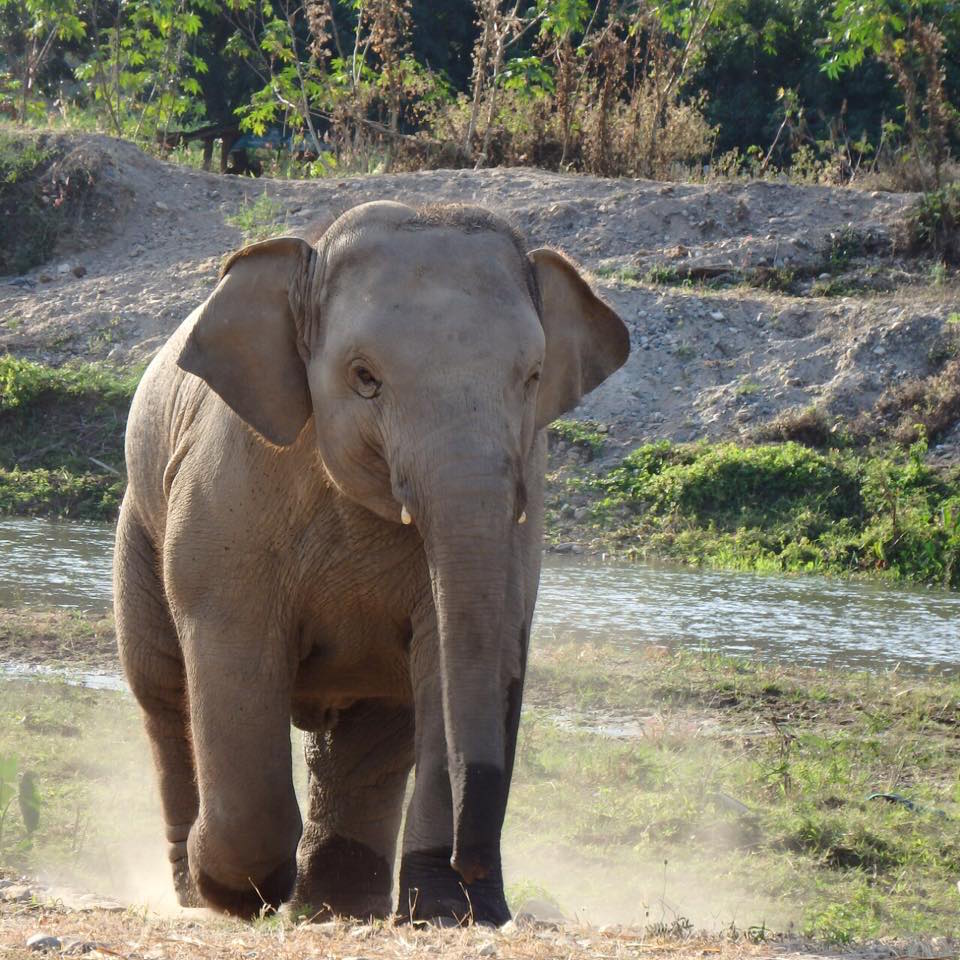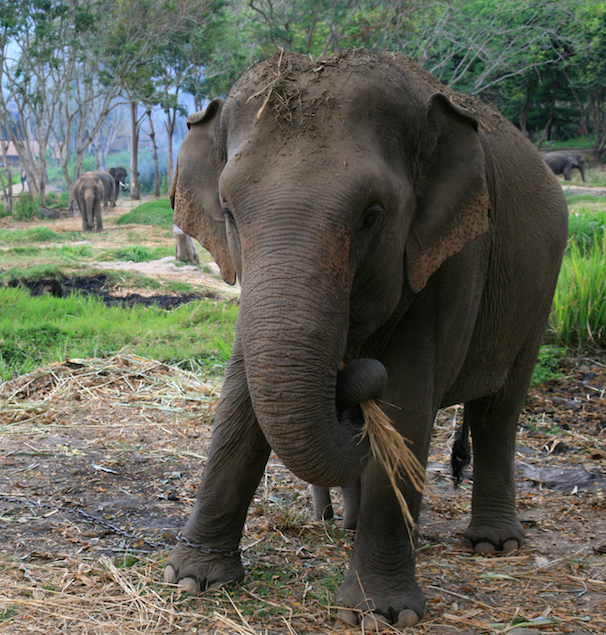The reality of life for dogs in Thailand is that they are illegally traded for their meat. Soi Dog is a charity on a mission to end the dog meat trade for good. Often, a confronting experience can be enough to propel change to end a cruel and heartless industry. Our own Danny recently took on Soi Dog’s adventure challenge, and shares his experiences and how Soi Dog is working toward a better future for dogs in Asia.
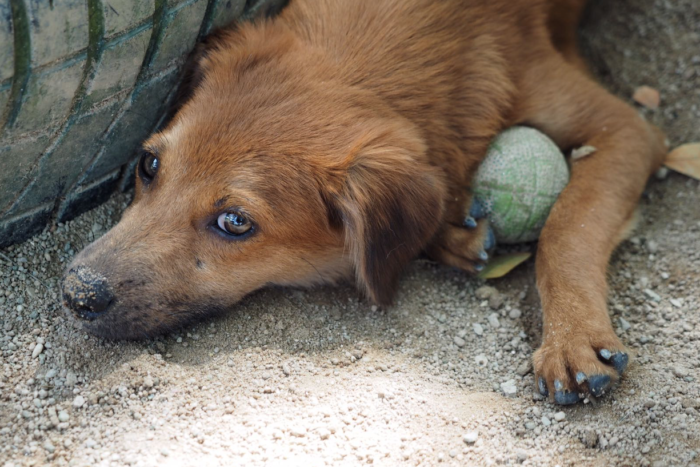
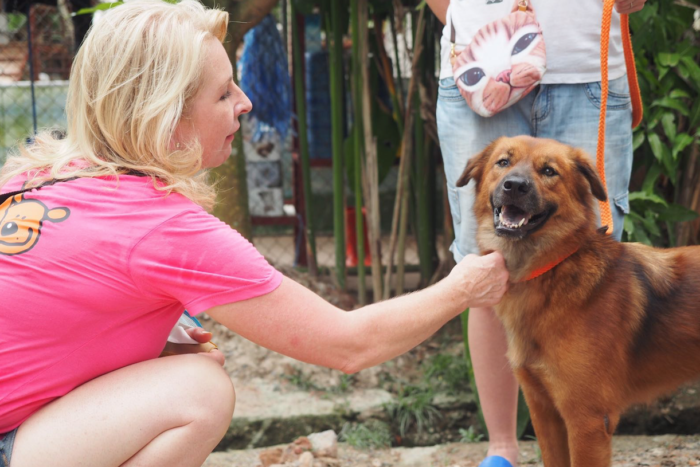
Tell us about Soi Dog, the charity you were on this adventure for?
Soi Dog Foundation is a not-for-profit, organisation that helps homeless, neglected and abused dogs and cats of Asia, works to end the dog meat trade throughout the region, and responds to animal welfare disasters and emergencies. They aim to set an example for the Asian region on how to humanely reduce the number of unwanted dogs and cats through spaying and neutering, and to improve the lives and living conditions of the stray dogs and feral cats of Asia.
Tell us about what each day entailed
The adventure was split into two sections: there was the northern trek in the mountains near Chiang Mai which involved staying at different villages each night. We trekked through mountains and along rice fields and stayed in homestays with local Thai families overlooking the clouds in the valleys below. Then there was the southern section down in Phuket which was very much focused on the incredible work Soi Dog does and involved us visiting the shelter each day to help out alongside the volunteers.
What did you do on the project visit?
We went to the Soi Dog rescue shelter in Phuket. It was a chance to experience first-hand where the fundraised dollars were going. We had a guided tour of the shelter and met the incredible staff. We learnt how Soi Dog operates, and the vital difference they are making.
We also spent time working with the animals at the shelter, bonding with them and taking them on walks!
What's one thing you learned that you had no idea about?
I learnt the extent of the illegal dog meat trade and how incredible the work that Soi Dog does really is. I also experienced just how much difference a group of passionate animal lovers can make when they put their determination towards fundraising for an incredible cause!
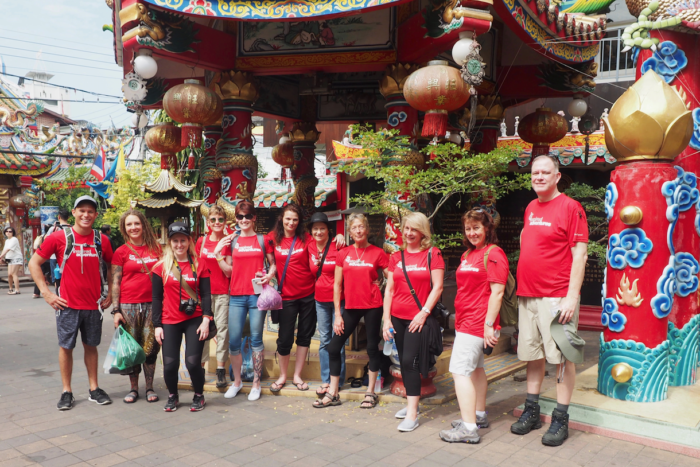
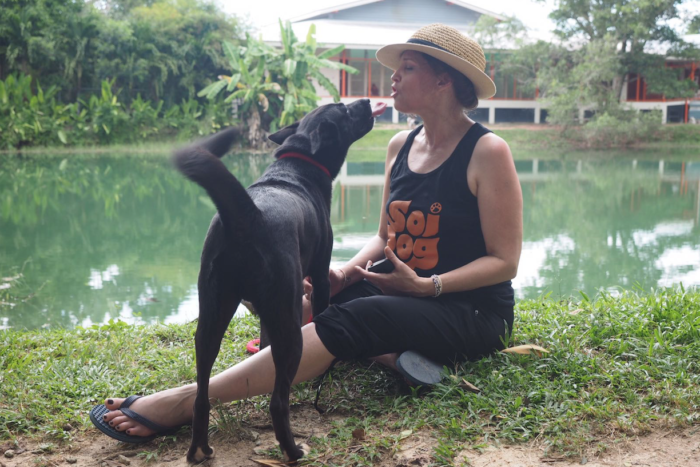
How did you cope with the confrontational nature of your adventure?
I found the experience at the shelter quite emotional as did all of my team. Seeing the dogs that had been rescued from an alternative fate in the dog meat trade was really quite moving. Some of the team found dogs that reminded them of their pets back home and they found that quite emotional as well – but we were all happy knowing that they were all rescued and in the safe care of the Soi Dog staff.
What is the situation for dogs in Thailand?
Since Soi Dog’s inception they have now sterilised more than 130, 000 dogs and cats across Thailand. This has had a significant and positive impact that is very evident on the streets. Soi Dog firmly believes that the only effective and humane method of achieving their objective is to spay & neuter these dogs and cats and so prevent even more unwanted animals being born and suffering death by starvation, injury and disease, or inhumane methods of culling.
Many people advocate euthanasia as a method of control. Thailand is a Buddhist country and euthanasia is not acceptable to Buddhist beliefs. Perversely many areas control dogs by poisoning, drowning at sea and other inhumane methods. Unwanted puppies and kittens are often put in boxes and plastic bags and placed on busy main roads. The logic behind this is that the animal chooses to eat the poison, the puppy or kitten is killed by a car, and drowning in the sea is a natural form of death. Soi Dog’s vets will euthanise a cat or dog but only if that animal is suffering and has no hope of recovery.
Any highlights?
There were so many great moments! From the warm ocean waters in Phuket, to trekking through jungles in Northern Thailand with the team, to seeing all the rescued street dogs and the incredible work being done at the shelter. My personal highlight was seeing one of my team members (Stephanie) not only go on to conquer every day of the trek despite the challenge but then to go to the Soi Dog shelter and sponsor a dog that will be moving back home with her next year! I know that Stephanie had an incredibly life changing experience and watching her and the team overcome challenges – both physical and mental – and witnessing them at the Soi Dog shelter which they had been fundraising for for up to a year was really incredible.
How did you feel at the very end of your adventure?
I felt very refreshed and inspired having trekked through the Northern Thai jungles and volunteered at the shelter with such an incredible and committed team. Seeing the work being done by Soi Dog at the end of our adventure and being able to be involved in a small way was a really gratifying experience that made me feel that I was part of something bigger that was really helping to make positive change in the world, one dog at a time!
Have your views changed regarding animals?
I’ve always been a HUGE animal lover, particularly of dogs and if anything, it has just reinforced this love and passion for animals. Having a team that was so passionate about animals as well was a really comforting experience and I know that they all really enjoyed being surrounded by like-minded individuals.
Any inspiring stories you can share?
There was a particularly special moment when two of my team members (Julie and Mallory) were able to meet their sponsor dogs, one of which had been macheted across his eye but since nursed back to health. He was a very happy dog – dogs are very resilient animals. It was a very awesome moment to witness!
Feeling inspired?
If you are an animal lover and want to get involved in a great cause, check out our calendar for 2017 and filter from ‘Animal Welfare’ challenges.
![]() @INSPIREDADVENTURES
@INSPIREDADVENTURES
[mgl_instagram_user username=”inspiredadventures” cols=”6″ number=”6″]

